Years ago, my sister and her German husband-to-be lived in a farmhouse in rural Ireland. There, amid beaten glens on this rain-soaked misty isle, they met an American traveler named Jim. At a local pub they downed pints of ale, listened to fiddles and banjos and became long-term friends.
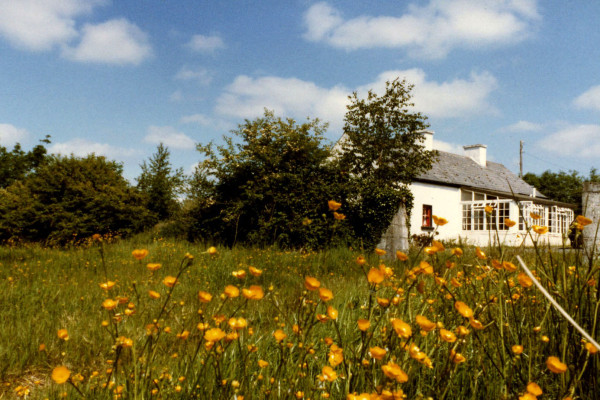
I have not yet met Jim, but we swap correspondence about wine and travel. He and his wife recently returned from exploring the Peruvian Andes. He mentioned how they enjoyed a decent local wine, but had forgotten the name. I told him if he recalled details from the label, I would research the grape and write about it. Because Jim didn’t record the wine’s name, I thought – no worries.
Enter Jim’s wife. Undoubtedly a savorer of travel, exploration, culinary surprises and minutiae worth recollecting at some future date, she decided (unwittingly to Jim at the time) to keep the cork to that bottle.
Hence, Jim later sent me the following electronic notice:
“…turns out my wife saved the cork and wrote the name on it: Gran Tinto Tacama. On the cork it says: Vinos Tacama, ICA Peru.”
Oh, boy. I now needed to gather information about this unexpected highland beverage uncorked somewhere off the dusty back roads south of Lima.
It then turned intriguing.
The online (subscription) edition of the Wine Spectator provides background facts about this wine – that for the 2009 vintage, 15,000 cases were manufactured in Peru, that the magazine’s tasters scored it a 78 out of a 100 points (which is not stellar, but at $10 a pop for a bottle, not bad). The Wine Spectator also told how the wine tastes of candied cherry fruit and toasty vanilla (the toasty vanilla indicates – per my reading – that the wine aged for probably more than a year in oak barrels), and that the component grapes are Malbec, Tannat, and Syrah.
The winery website, however, indicated that for the 2008 Gran Tinto, the components were Malbec, Tannat, and Petit Verdot.
So let’s go with the more interesting 2009 version.
Malbec, Tannat, Syrah.
Now, if you’re interested in novelty, hardiness, and health – pay close attention.
Let’s turn the clock back to April 26th this year, when I visited a winery on the very week that it closed – in Davis, California. There, my friend Lisa and I met the winemaker Mark West, who had created one of his wines using three grapes – Malbec, Tannat, and Syrah.
Sound familiar?
http://vinoexpressions.com/2012/04/26/moving-on-from-davis/
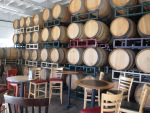
What I didn’t realize at the time, and have learned since, is that Mark sold his winery to Constellation Brands, a huge wine company that appears interested in focusing on Mark’s Pinot Noir. I couldn’t give a hoot about Mark’s Pinot. What mesmerized me was that this man – in Davis, California, no less – was using those three particular grapes to blend a wine.
We tasted the wine that day, took photographs, bought a souvenir flask, then drove off.
Tannat is no Napa or Sonoma specialty. Mark’s use of the other two grapes I understood. Malbec is a minor component of classic Bordeaux blends from the west of France, while Syrah is essential to many classic red Rhone blends from the Central-East of France. But Tannat? Perhaps Mark had his eye on that grape variety because it’s gaining ground in Paso Robles and Santa Cruz further south in California, or that its potential health benefits may – justifiably or not – cause its popularity eventually to soar.
The Wine Advocate describes many Tannat based wines produced in Argentina and Uruguay (the latter being the primary country where Tannat is now grown), and a smattering of them from Greece, Australia, South Africa, and France. What’s clear is that wine made primarily from Tannat is very astringent, or tannic.
Unlike most other popular red wine grapes, Tannat has about five, rather than three pips. To make red wine, you keep the squeezed grape juice together with pits and skins to color the wine. The pits and skin also add tannins to the liquid – which are usually described as having the taste and character of strong black tea. These provide ‘structure’ and an astringency to wine.
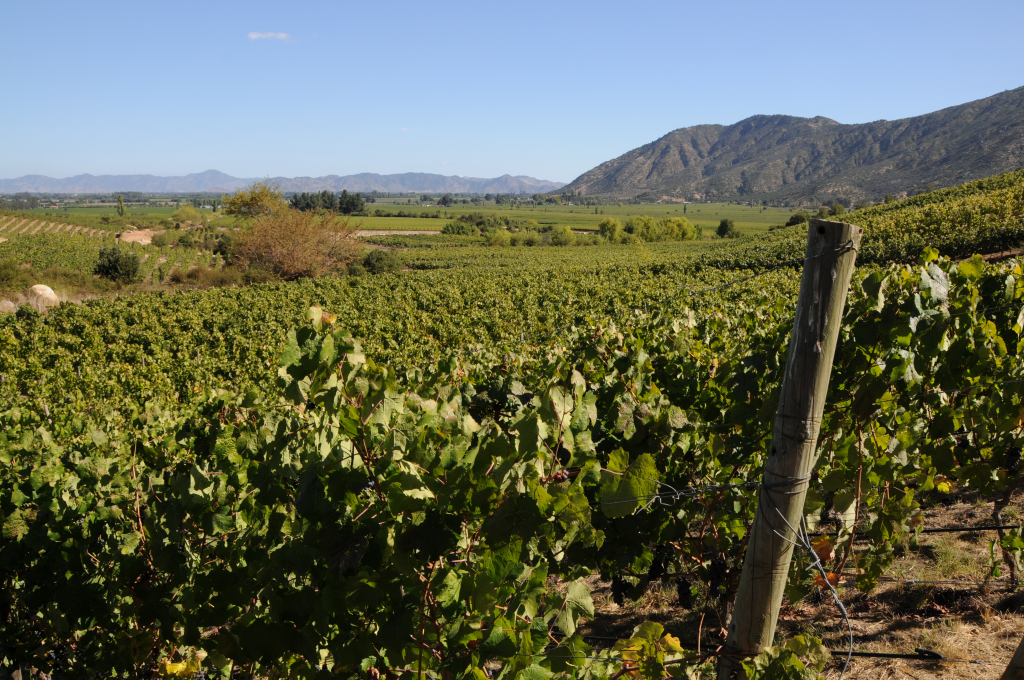
The grape grows well at altitude, and – because of the number of pips – contains relatively high levels of the primary antioxidant components found in wines – polyphenols, procyanidins, flavenoids and resveratrol. There are some potentially large health implications to this – which I won’t go into, but you can click on the websites below to find out more.
Let’s cruise – rapidly – to the next grape.
When people think of Malbec, they think Argentinian wine. But Malbec arrived in the New World from France, specifically a fuzzy rectangular shaped region to the east of Bordeaux named Cahors. According to the recent July, 2012, edition of Decanter Magazine, “Cahors is the home of Malbec, it was from here that the grape arrived in Argentina during the 19th century” [‘Back to black,’ Ian D’Agata, page 53]. Apparently, this darkly colored ‘black wine’ from Cahors constituted the best French wines in 12th and 13th centuries.
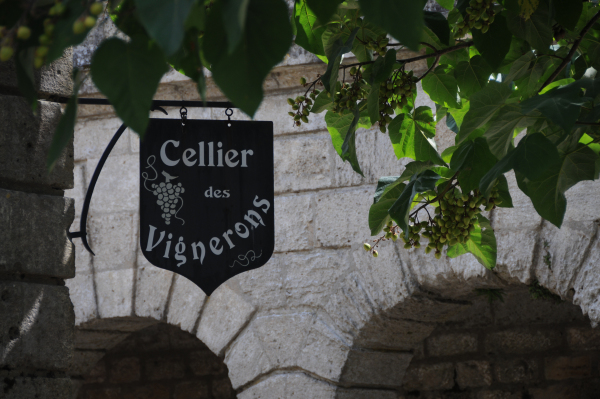
That’s a bit of background about Tannat and Malbec. And for Syrah, read my past post:
http://vinoexpressions.com/2011/10/17/sunset-savor-and-syrah/
Also – remember that Syrah is a wind resistant grape that apparently does well in dicey weather.
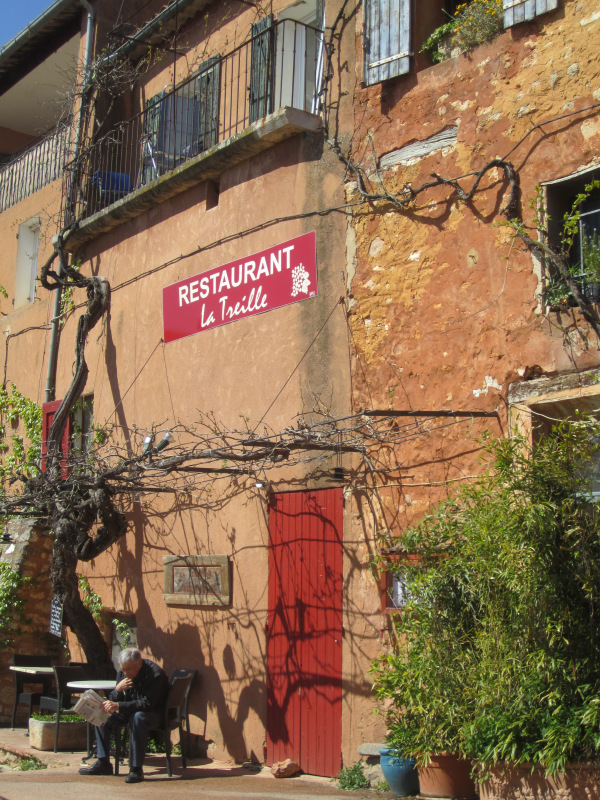
The combination of these three grapes is sometimes found in high altitude regions – such as the over 5,700 feet above sea level vineyards of El Porvenir vineyards in Cafayate, in the northwest of Argentina – which uses these three grape varieties alone or blended with Cabernet Sauvignon and Merlot.
All three of these grapes grow decently at altitude.
So, when I put Syrah, Tannat, and Malbec together I think of a bridge – between Bordeaux and the Rhone Valley, between Old World and New World Wines, between low and high altitude vine plantations. I also consider the powerful future possibilities – hardiness, high altitude, and health.
I’ve never tasted the Peruvian wine….but when we tasted the same three varieties blended together in Davis, California? Fresh and wonderful. I suspect we’ll be hearing a lot more about Tannat in the coming years.
Incidentally, if you want good financial and business advice, check out Jim’s blog:
http://jlcollinsnh.wordpress.com/
Also, regarding high altitude and health, check out:
http://www.cnbcmagazine.com/story/taking-the-high-ground/523/1/

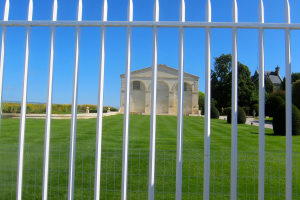
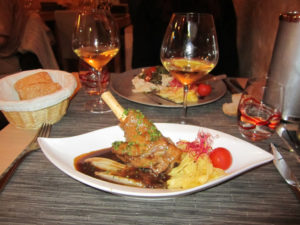

Lisa Hazard
23 Aug 2012Wow….you keep cranking out the blogs. I think Thailand is my favorite. Nice job Tom!!!
vinoexpressions
23 Aug 2012Thanks Lisa….yes, Thailand was fun and easy.
Trish Mullen Rempen
23 Aug 2012Wow-talk about bringing the world together in one post!
I could spend all day following your links…very cool!
(Thanks for the info on the tannat, too – never heard of it until now….!)
vinoexpressions
23 Aug 2012So many wines….so little time…
jlcollinsnh
23 Aug 2012Gee whiz. I’ve never been featured on a wine blog before. heady stuff!
What a great exploration into our little Peruvian wine. Tasted better than a 78/100 to us, but maybe that was the altitude.
thanks
Tom!
vinoexpressions
23 Aug 2012See? The power of keeping a cork….
Pingback: Travels in South America: It was the best of times…. « jlcollinsnh
gold account
15 Sep 2012When we decided to bottle it, we petitioned the BATF to recognize Tannat as a separate varietal, a process we had recently undergone with both Grenache Blanc and Counoise . We amassed literature on Tannat to demonstrate it was a recognized varietal in other countries, and compiled descriptions of its characteristics to show that it had positive value as a wine grape in the United States. In September of 2002, our petition was formally approved.
vinoexpressions
29 Nov 2012Excellent. Thanks for the input! Congratulations on that effort – I think the grape will grow in variety in the coming years…